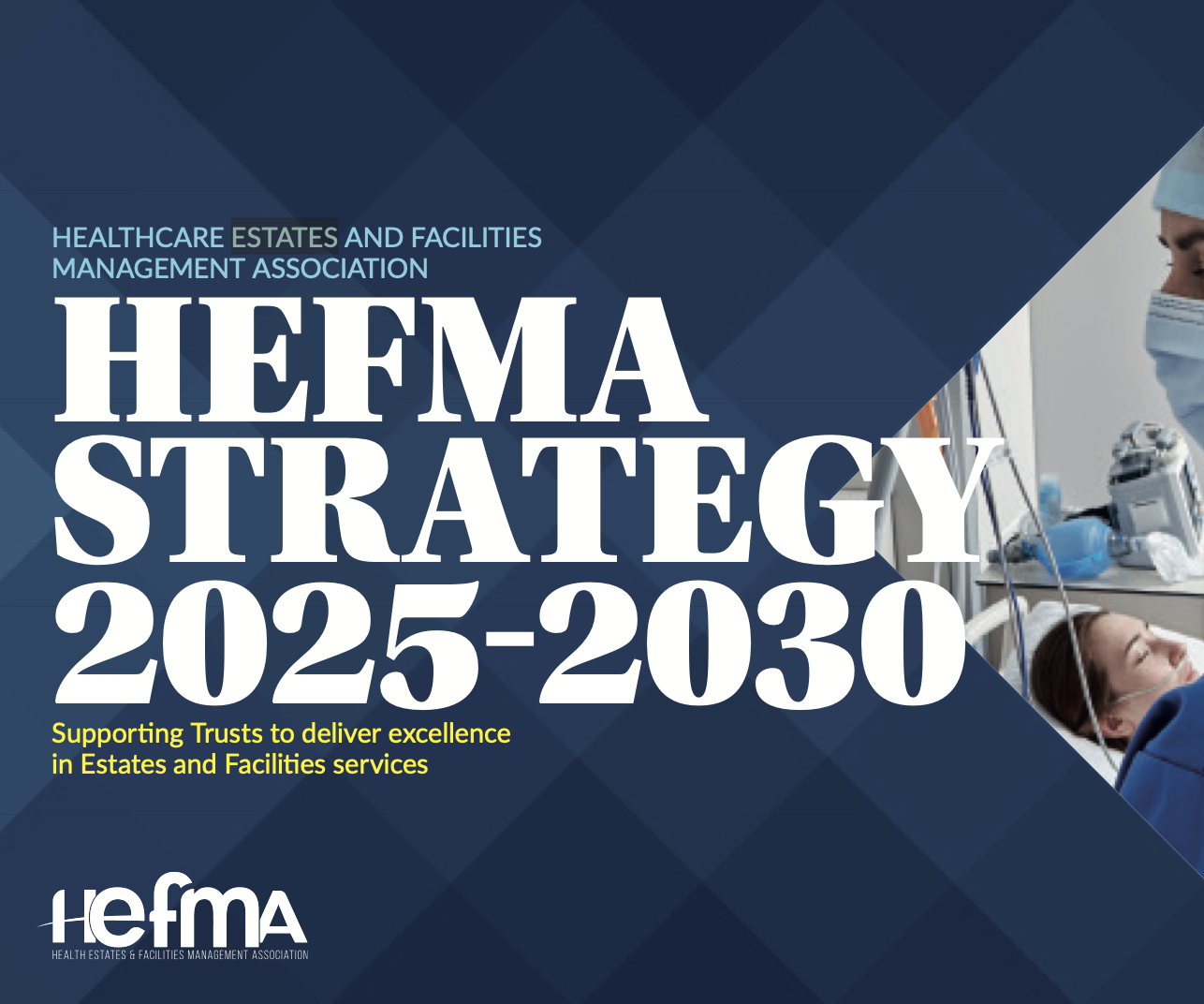An initiative supported by HefmA, the BIM4Health group has been formed to help the healthcare sector to benefit from BIM. Pulse reports.
“As we head towards an efficient digitised built environment it is important that communities of practice come together, such as BIM4Health, to help raise awareness, build capacity and capability both with the client and supply chain populations. Health is an area that can particularly benefit from BIM [Building Information Modelling] where model data can be used to inform andoptimise the clinical planning process and healthcare estate. The BIM4Health group will be a key player in the wider BIM4 communities where their work will be mutually supportive and collaborative; sharing instances of best practice to benefit the greater good.” David Philp, Head of BIM UK BIM Task group.
The National Health Service (NHS) has a responsibility to account for the stewardship of its publicly funded assets. This includes the provision, management and operation of an efficient, safe estate that supports clinical services and patient care. With a book value estimated at some £33 billion (Foundation Trust and Trust Financial Accounts 2012/13), the NHS estate has important contributions to make in delivering savings and reducing costs. These are to be undertaken to help meet the Government’s drive to increase efficiency of the public sector estate and new build/refurbishment programmes. Accordingly, a significant step change in the way the local and national strategic asset and estate plans are achieved is required.
The vision set out in the NHS ‘Five Year Forward View’ report, published in October 2014, captures the drivers and needs of the NHS now and going forward. It highlights the need to capitalise on the opportunities the information revolution presents. A dynamic BIM process and its inclusive approach captures vital and valuable information, enhances and supports the NHS aims and objectives, delivers tangible benefits and can significantly influence all future decision making relating to any and all asset/estates strategies. The BIM process, through understanding, collaboration and culture change, can aid the broader NHS agenda by introducing a diverse solution combined with local and national leadership, facilitated and coordinated via the BIM4Health group and its core members.
Milestone objectives are as follows:
· Short term (now until 2016): Use the group as a platform to promote the use of BIM to the healthcare sector, in particular the Acute Trusts.
· Medium term (2016 until 2018): Develop the group to provide technical focused assistance and knowledge to the healthcare sector clients and consultants to achieve BIM level 2.
· Long term (2018 until 2020): Further develop the technical knowledge to provide a range of sub groups to assist in achieving BIM level 3 and beyond.
The group is to be led by the Institute of Healthcare Engineering and Estate Management (IHEEM) in affiliation with other representatives from organisations within healthcare, including HefmA. It will represent all the UK healthcare sectors and disciplines that have contributed significantly and regularly to the development of the BIM4Health cause and are helping shape its longer term strategy.
Steve Batson, IHEEM Director/Trustee & Council Representative will Chair the new group. HefmA will be represented by Jonathan Stewart.
BIM4Health welcomes all organisations with an interest in structuring a governable, sustainable non-restrictive and open Health BIM conduit. It proposes to create active BIM4Health subgroups and to focus on particular issues relating to Health BIM.
In particular the group encourages ways to engage with, adopt and embed Health BIM into business and how Health BIM can assist in the Government’s wider objectives for an integrated Health Information Model that assists in the goals and objectives as set out in the Transformational for Change agenda. Membership is open and free to all organisations in return for which BIM4Health would welcome donations and constructive contributions that progress the BIM4Health care agenda.










